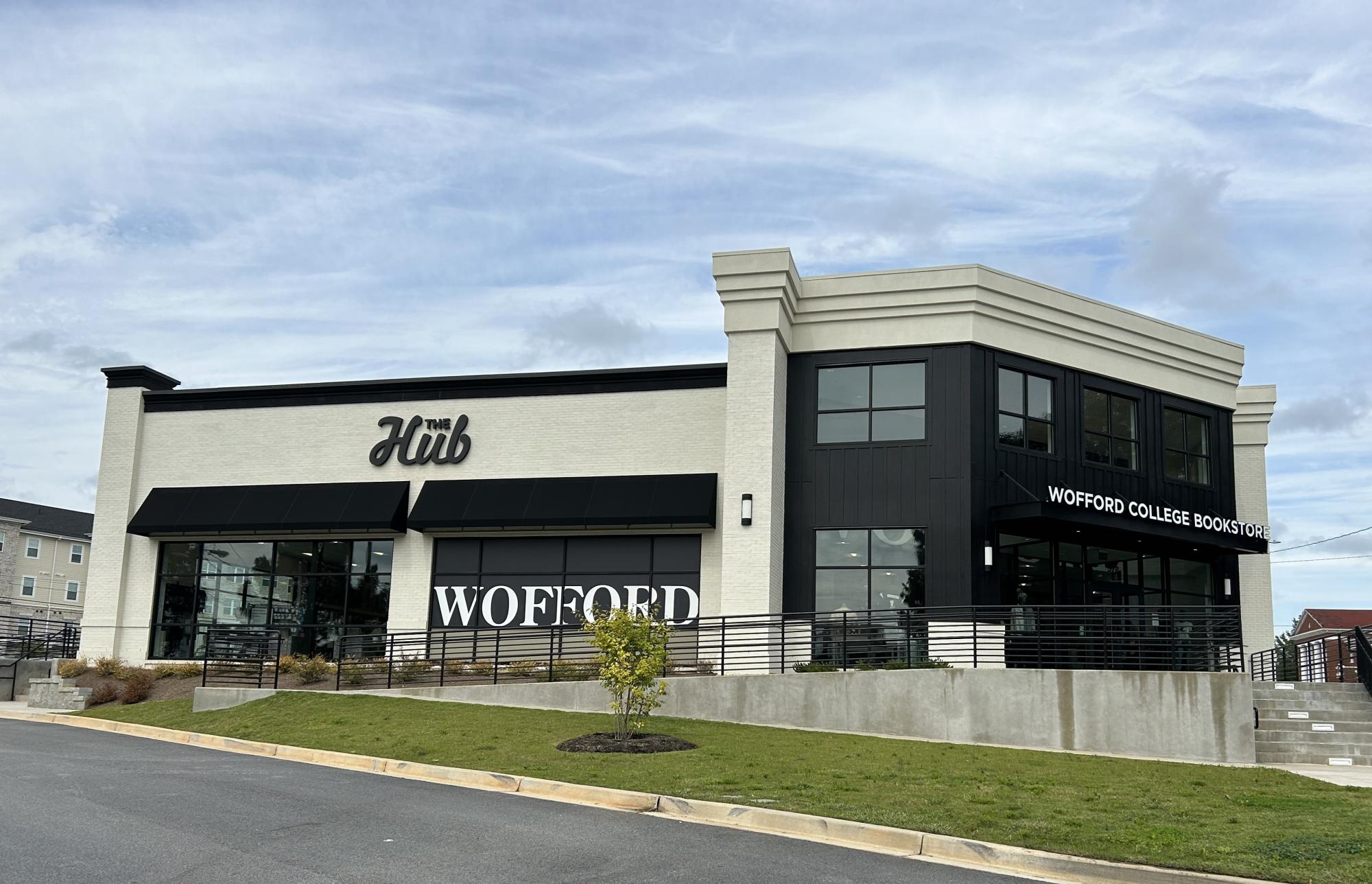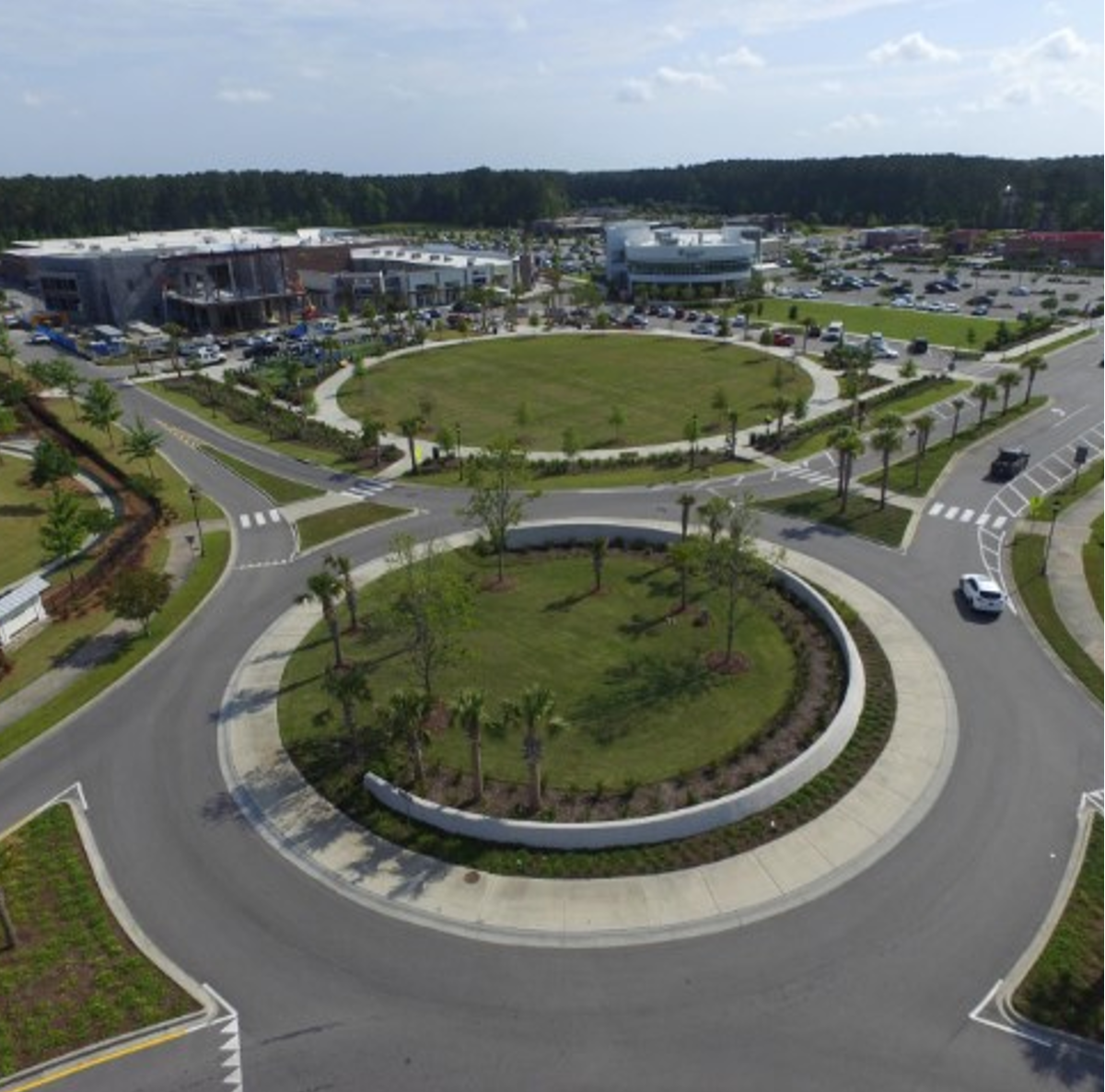When developers come to a town with plans for a housing development or a large commercial project, a development agreement can be a critical tool to protect both the city and the developer.
Development agreements — a legal, binding agreement between a local government and property owner for the long-term development of a large piece of property — can spell out everything from a timeline for construction to financial assistance and to how much land will be set aside for civic uses. The SC Local Government Development Agreement Act lays out the rules and requirements for them — for example, the development has to be at least 25 acres, and the agreement can last for only five years.
“What makes a good development agreement? Details and collaboration with the developer. That’s the key,” said Lee Bailey, the city manager in Woodruff. “It has to be realistic. And you also have to structure the agreements to protect the local government.”
Woodruff knows something about planning for new development, particularly with the current construction of BMW’s new high-voltage battery assembly plant just northwest of the city’s downtown.

“We’ve got 5,000 new rooftops coming. We’ve got BMW coming to town,” Bailey said. “Downtown is being transformed. Part of that has been these development agreements to make it happen. Development agreements are just a small, but key, piece in the whole puzzle.”
Bailey said some developers come to the city looking to develop a project, while the city seeks out others to help fill a need.
“With the development agreements, the devil is in the details. You’ve got to have the details of everything spelled out to protect the city,” Bailey said. “That means, if the developer comes in and says they are going to do X, we hold their feet to the fire to be sure they are going to do X.”
Chris Story, the city manager in Spartanburg, said one of the most important things a development agreement does is clarify expectations.
“Oftentimes, particularly with higher-profile or complex projects, different stakeholders have different wants and wishes. And sometimes the public perception of what is happening can be different than how it is perceived by the stakeholders,” Story said. “Bringing clarity to all of that is important in a development agreement.”
A development agreement spells out what the developer is going to build and when it will be completed, while addressing myriad other concerns such as financing, location and how the project relates to broad city goals.
“We’ve had things in development agreements that relate to employment, that relate to small business or minority business development opportunities,” Story said. “We’ve had carveouts for workforce housing components. We’ve had aspects touch on public amenities like infrastructure, extension of trail networks, inclusion of parks-and-rec-type amenities. It’s a broad spectrum of things that can be included in there.”
On the other side of the equation, the agreement should specify what the city is doing in return that might go beyond the basics of regulatory requirements. That can include land contributed or sold to the developer at a below-market value, tax and fee concessions, or a commitment to build infrastructure such as streetscaping or parking.
While some cities may have specific criteria for development agreement, Spartanburg leaders follow a more project-specific approach.
“We don’t necessarily compare one to another and rely on precedent.” Story said. “We believe each project is unique and each moment in the city’s evolution is unique. The impact of a certain project is greater in some locations than it is in others. The need for certain types of projects is different now than it will be a year from now. The financial viability of each project is different.”

Setting the expectations in a legal agreement helps all parties.
“The worst thing that can happen is to have expectations that are not documented,” he said. “That can work poorly from the developer’s perspective and for the city staff. It can result in disconnects with the public. The public reads media coverage and makes assumptions about the projects. If that doesn’t align with what’s in writing, there can be disappointment there.”
In fast-growing Bluffton, Heather Colin, the assistant town manager, and Aubrie Giroux, the special projects and programs administrator, stressed the importance of making sure everything is clearly defined in a development agreement — from timeframes when construction will happen, when roads will be built, when the property is dedicated to the public, when fees get paid and who is responsible for what.
Bluffton has seven large development agreements covering a large swath of the town. These agreements help make clear the amount of expected development, allowing schools, utilities and other entities the opportunity to plan for future growth.
“I’m a planner, and a development agreement is just good planning,” Colin said. “If you’ve ever been to Bluffton you’ll go down some of our major parkways and you’ll see these driveway entrances to nowhere. But we have plans for that. We know exactly how many units are expected to be built. We know how many square feet of commercial are planned.”

That planning helps the town meet its current and future needs, by making sure things like rights-of-way for streets and land for parks, schools and libraries are dedicated to the town on the front end.
Bluffton also puts all of its development agreements on the town’s website, allowing for transparency and easy access.
“They are all recorded documents, all public information,” Colin said. “So, when someone is buying or planning to develop property, you can pull out those plans and say, ‘okay, there are trees behind here today, but that’s approved to be 100,000 square feet of commercial at some point.’ It may never happen, it may happen tomorrow or it may happen next year. But it is putting all that information out there so people are well informed of what has already been approved by town council and the developer.”
While Colin and Giroux said it is important for development agreements to be specific, they also noted the importance of flexibility.
Over the years, definitions of terms such as residential, mixed-use and institutional buildings may change, so it is important to spell out exactly what the city and the developer mean in a development agreement, Colin said. For example, some of Bluffton’s older development agreements reference details as specific as the type of lighting allowed in a development. As technology has changed, some of the lighting types addressed are now outdated and unavailable.
“If you’re crafting a new one, take your time,” Giroux said. “Take an extra few months to really think through it, look through what other municipalities have done, and help craft a really great one.”
